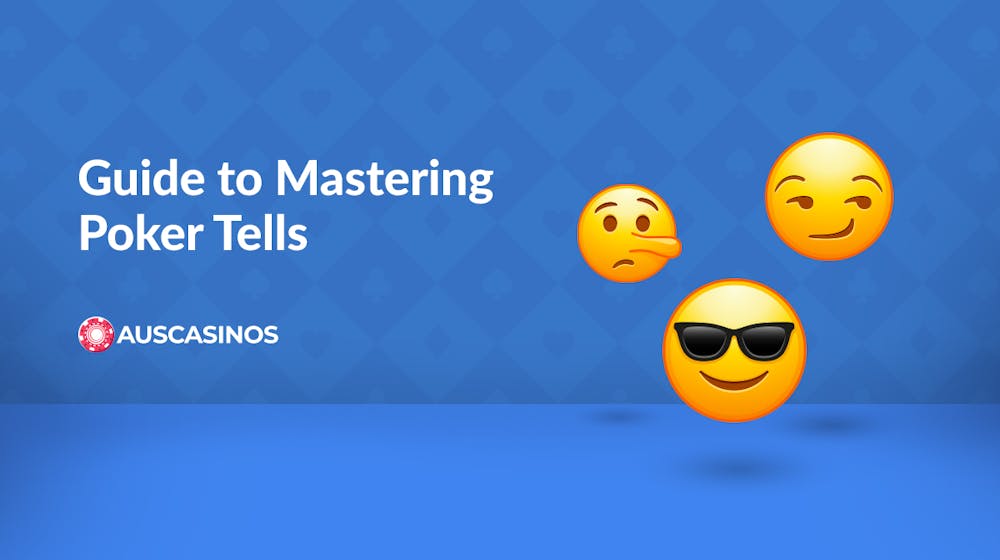Mastering the Blackjack Insurance Bet: Strategies and Insights


There are not many games quite like blackjack, a true icon in land based and online casinos, where low-house advantage and strategy intertwine with excitement and unpredictability.
Today, we’re going to be looking at blackjack insurance bets.
If you’ve landed here, you’re likely intrigued by the enigmatic “insurance bets” in the game of blackjack and want to improve your understanding of the concept.
And to be honest, if used correctly, it can have a pretty decent impact on a game.
So let’s dive into the exciting world of the blackjack insurance bet and see how you can use it for yourself, whether you play blackjack online or at your local casino.
Understanding the Basics of Insurance Bets
Due to the unpredictable nature of a game of dealer blackjack, it’s crucial to build your basic understanding of insurance bets before using them in the thick of the action.
So, what’s this insurance bet all about?
The best way is to think of it as a bit of a safety net, an insurance policy.
When the dealer’s up-card is an Ace, they could have a blackjack hidden beneath their second card. This is when the casino offers you the chance to take an insurance bet. It’s like saying, “Hold on, let me protect myself here.”
Now, don’t worry, you’re not betting on your hand; you’re actually wagering on the dealer’s hand. You’re betting that the dealer’s hidden card is worth 10 points, making their total hand value 21 – the all-powerful blackjack.
The Art of Hedging Your Bets
This is where the strategic twist comes in.
By taking the insurance bet, you’re effectively hedging your bets. You’re making a side bet that compensates for the possibility of the dealer having a blackjack. If you’re correct and the dealer does indeed have a blackjack, your insurance bet pays off at a rate of 2:1.
This means if you bet $10 on insurance, you’d get $20 back – your $10 bet plus a $10 profit. Not too shabby right?
However, if the dealer doesn’t reveal a blackjack, you lose your insurance bet, but your main blackjack hand is still in play. It’s a bit like having a backup plan for your chips, just in case things don’t go as planned (you can never be too careful).
Should I Use Insurance Bets?
After this brief lowdown on the basics, you may be thinking – is it always a good idea to take insurance?
That’s where strategy comes into play.
You might want to consider the likelihood of the dealer actually having a blackjack based on the visible Ace and your own hand. Remember, taking insurance is an optional side bet, and your decision will depend on your own assessment of the situation.
If you’re looking to stray on the side of caution and minimise the chance you might lose money, consider using strategy in combination with your blackjack insurance bets.
When Blackjack Insurance Comes Into Play
Like playing notes in music, timing is often essential to the success of a bet in blackjack, and insurance bets are no different.
There are times when an insurance side bet deserves the spotlight, and others not so much.
The Ace’s Arrival: Triggering Insurance
You’re at the blackjack table, getting yourself into the flow of the round, when the dealer reveals an Ace as their face-up card.
This is the sign that insurance bets are now on the table.
When that Ace pops up, the casino extends an invitation, asking if you’d like to consider the insurance bet option.
The dealer’s ace signifies the possibility that in the next draw, the dealer has blackjack. This is when the blackjack game takes a pause, and you get to decide whether to explore the insurance bet avenue.
Take time to analyse the situation, your cards and the dealer’s hole card, and the original wager to make your decision.
How Insurance Bets Work
When you’re considering taking a blackjack insurance bet, it’s essential to know what’s at stake, literally.
The odds and payouts associated with insurance bets provide valuable insight into the potential outcomes of your strategic move.
The typical payout for an insurance bet is 2:1.
This means that if you place a $10 insurance bet and the dealer indeed has a blackjack, you’ll receive $20 in return – your initial bet of $10 plus a profit of $10. It’s like a small victory within the larger game, designed to cushion the impact of a potential loss on your main bet.
Better yet, it’s quite an easy sum to remember.
Different Scenarios: Settling the Bets
Now, let’s explore the scenarios that unfold after you’ve placed your insurance bet.
Imagine the dealer reveals their hidden card (either a ten or picture card), and would you look at that, it’s a blackjack. In this situation, you’re not going home empty-handed. Your insurance bet kicks in, and that 2:1 payout is your reward for being foresighted.
It’s like the game’s way of acknowledging your strategic acumen and offering a silver lining.
On the flip side, let’s consider a different scenario.
You’ve placed an insurance bet, and then destiny smiles upon you – your hand turns out to be a blackjack. Now, what happens if the dealer’s up-card is an Ace? Well, in this case, the good news is that you don’t win or lose anything extra from the insurance bet.
You might not get an additional payout, but thanks to insurance in blackjack, you’re in the clear to enjoy the thrill of your blackjack victory.
Decoding the Numbers Game
Understanding the odds and payouts is all about arming yourself with the knowledge you need to make informed decisions.
While insurance bets can provide a safety net, when making an insurance wager it’s crucial to weigh the potential payout against the likelihood of the dealer having a blackjack.
Therefore, having a basic blackjack strategy strategy up your sleeve is important to not only give your play style structure but also construct a blueprint in which you can adapt your blackjack insurance bets to different scenarios when they arise.
Navigating Blackjack Insurance Strategy
You’ll inevitably find yourself in many situations while playing blackjack where the time comes to make an informed decision about carrying out a blackjack insurance bet. This is where calculating the likelihood of the dealer’s blackjack becomes your point of guidance.
It’s not just about gut feelings; it’s about analysing the remaining deck composition.
If a substantial number of high-value cards remain, the chances of the dealer having a blackjack increase. This could be your cue to consider the insurance bet as a shield against potential loss.
However, remember that not all situations are created equal, so an insurance bet is not always the answer.
The art lies in recognising those critical junctures when taking the insurance line genuinely makes sense. If you’ve got a good hand, the dealer’s visible card is low, and the deck is rich in high-value cards, the stars might align for an insurance bet that’s worth the gamble.
Walkthrough of Example Hands: Insurance Bets in Action
Let’s bring the blackjack table to life with some vivid examples.
Picture yourself at a bustling casino, the cards are dealt, and the dealer’s up-card is an Ace – the moment when insurance bets come into focus.
Example 1: The Ace in the Spotlight
You’re sitting at the blackjack table with a $20 main bet in front of you.
The dealer’s up-card is an Ace. You’re faced with a choice: to take or not to take insurance.
Scenario A – Taking Insurance:
You decide to take the insurance bet.
You wager an additional $10, which is half of your main bet. The dealer checks their hidden card and, indeed, has a blackjack. While you lose your $20 main bet, your $10 insurance bet pays off at 2:1, leaving you with a $10 profit.
It’s like a safety net that cushions your loss.
Scenario B – Skipping Insurance:
This time, you opt not to take insurance and let your $20 main bet ride.
The dealer reveals their hidden card and, luckily for you, doesn’t have a blackjack. You win $20, plain and simple.
Example 2: The Blackjack Dilemma
Now, let’s take a look at another scenario. You’re holding a blackjack in your hand, and the dealer’s up-card is an Ace.
This is where the dynamics change a tad.
Scenario A – Taking Insurance:
This time, you give it a go and decide to take the insurance bet.
You wager $10 as insurance. The dealer flips over their hidden card, revealing a blackjack. Your insurance bet pays 2:1, netting you a $10 profit. However, your main blackjack hand also wins, securing an additional $20.
Scenario B – Skipping Insurance:
In this case, you choose not to take insurance.
The dealer’s hidden card turns out to be a 10-value card, resulting in a blackjack. You lose your $10 insurance bet, but your main blackjack hand remains victorious, fetching you $20.
Final Pointers as a New Player
As a new player getting familiar with the blackjack insurance concept, it can be daunting to get your head around this style of even money bet.
Here’s the advice: keep it simple.
In the early stages of your blackjack journey, focus on mastering the basics of the game, understanding hand values, and following your pre-organised strategy.
Insurance bets, while enticing, can add complexity to the flow of the game and your playstyle.
It’s perfectly okay, and often advisable, to bypass the insurance bet option as a beginner. Instead, channel your energy into learning the rules of how to play blackjack, such as when to hit, stand, double down, or split.
Once you’ve got those fundamentals down pat, you can get stuck into the nuances of blackjack insurance.

Emily is our seasoned content writer. She writes easy to read and helpful game guides, so you can quickly understand the rules of each game and get some useful tips that can help boost your chances of winning.
Read more about the author





